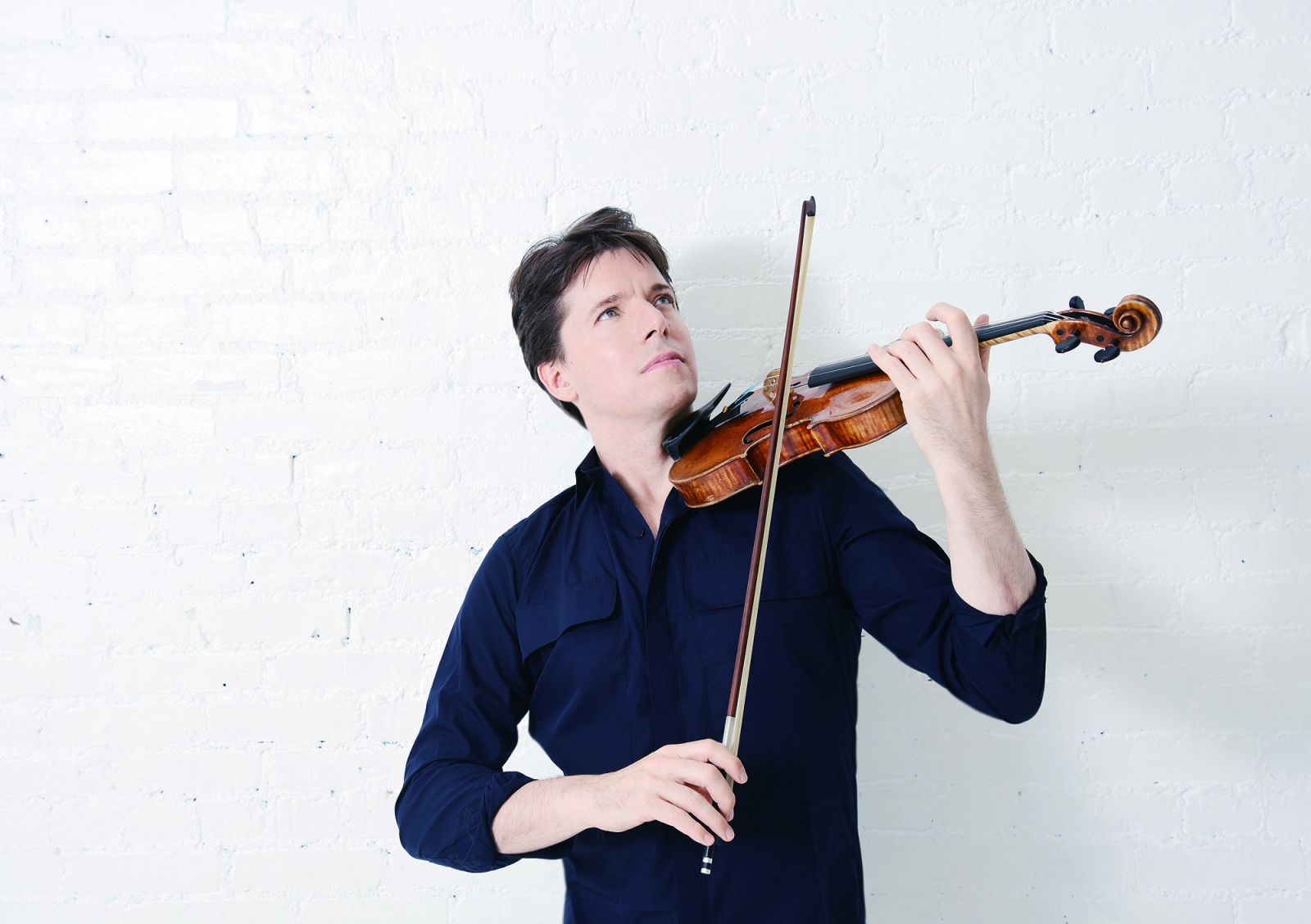It is cold and snowing this Sunday afternoon in Edinburgh, but inside the Usher Hall, a big audience basks in the warm glow of a fine orchestra playing some old favourites. The Academy of St Martin in the Fields is the most recorded orchestra ever, with over 500 discs to its name, many of them under its former famous conductor, Neville Marriner. Now, they are under the musical direction of violin virtuoso, Joshua Bell, who still looks very young despite being 50!
The Academy’s most famous recording is Vivaldi’s Four Seasons, which often seems to be performed at St Martin-in-the-Fields in London (which has a splendid cheap restaurant in the crypt). So It it no surprise to find it on the programme this afternoon, along with Beethoven’s 2nd Symphony. Indeed, it is probably the reason for the big attendance on this cold, snowy Sunday afternoon. Compare this to last night, when the Conservatoire in Glasgow presented two world class operas to a half-empty opera house because they were unfamiliar works. Or perhaps it is just that Edinburgh has a bigger audience base for classical music!
Vivaldi’s Four Seasons is one of the most familiar works in the classical repertoire, and ubiquitous on the airwaves. Yet, performed live by the superb twenty-strong string section of the Academy, under the superb leadership of Bell playing his violin in an inspired manner, it remains a great work. It sounds fresh and new, and inspires a warm response by the Usher Hall audience, including a whoop from someone in the stalls at the end of a movement! Apparently, this work used to be preceded by sonnets about each season written by Vivaldi, allowing them to be recognised. Certainly, the audience will empathise with the shiver of winter notes beginning the final movement when they finally leave the Usher Hall into a snowy afternoon.
The second half begins with a new overture for violin and orchestra written for Bell by his close friend, Edgar Meyer. However, any worries about challenging contemporary works are quickly dispelled by the melodic tones of Bell’s violin leading the orchestra in Meyer’s very tuneful work.
Finally, we are back to familiar territory, with one of Beethoven’s least played symphonies, the 2nd. Played by the full orchestra with brass and wind augmentation, again it sounds fresh and new, although its resemblance to Haydn is very clear. Bell leads from the first violin chair, perhaps tired by his previous exertions, but this orchestra could no doubt play this work in their sleep.
It is very well received by the audience, who demand Bell’s presence on the platform several times to take the applause. No encore is forthcoming, so it is all over inside two hours. A perfect, musical Sunday afternoon, but perhaps just a little too safe. Shouldn’t orchestras, conductors and promoters challenge us more?


Comments